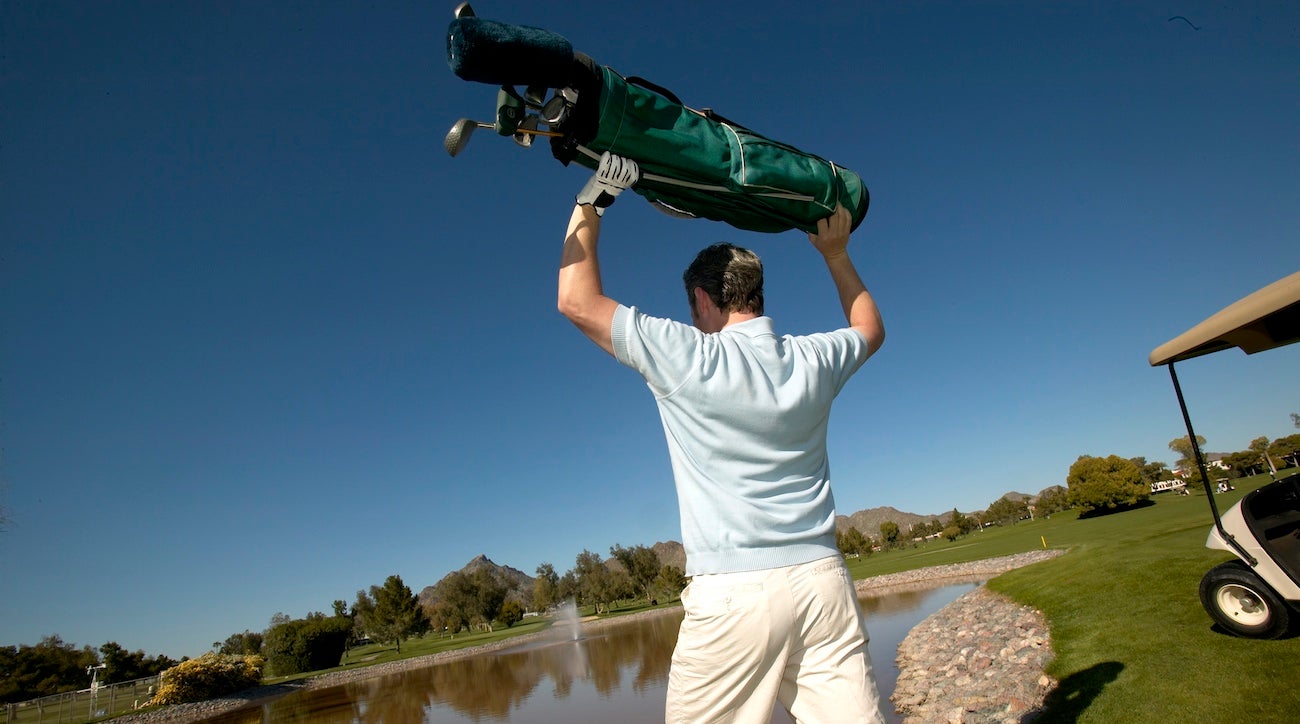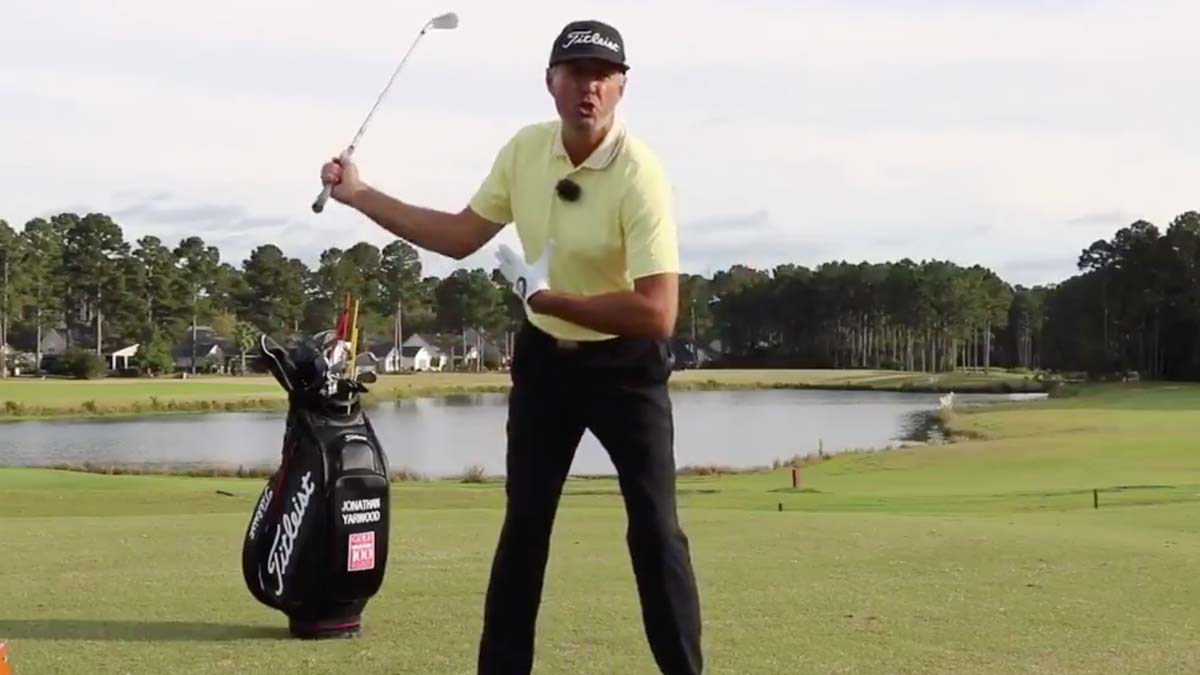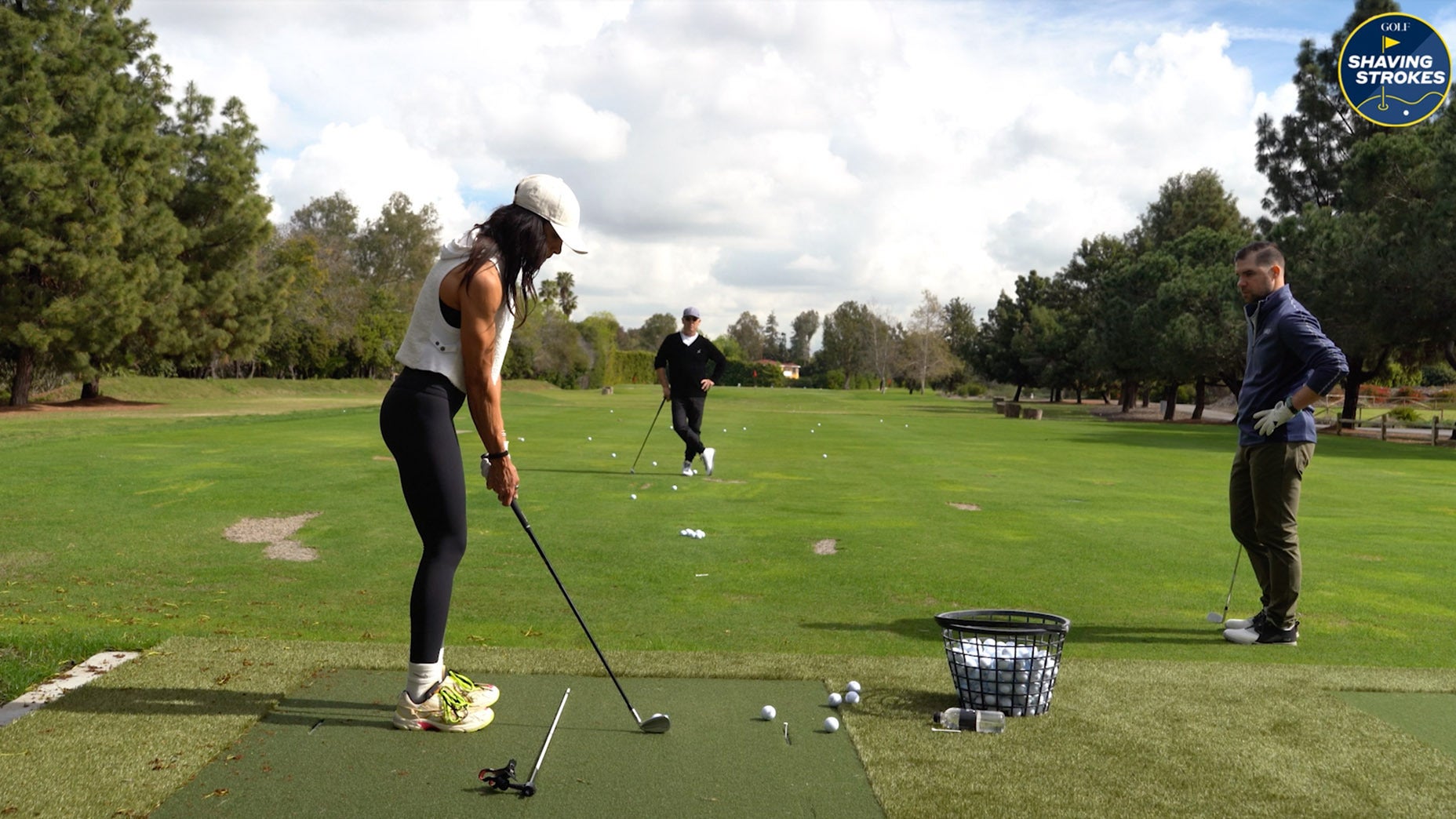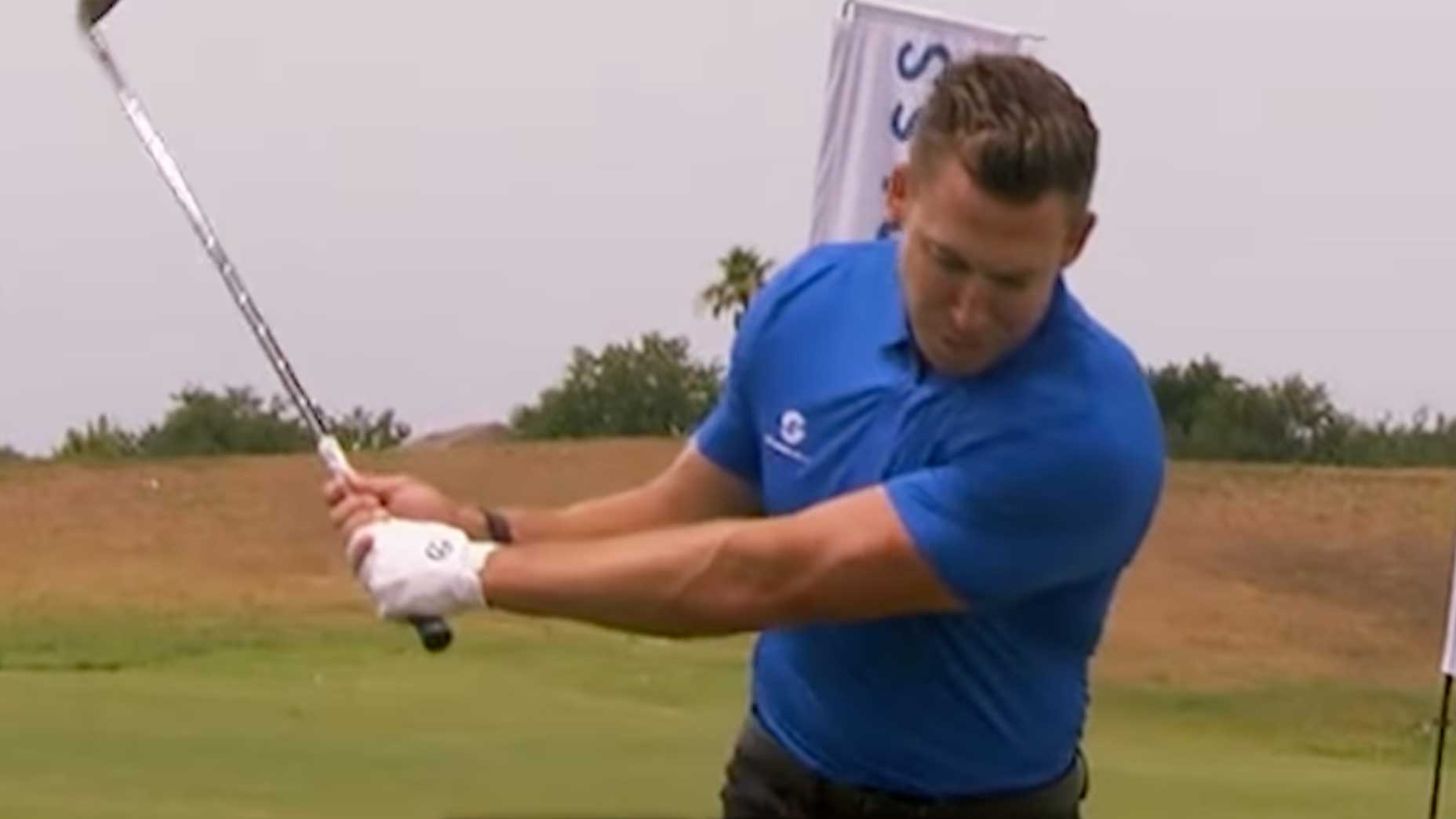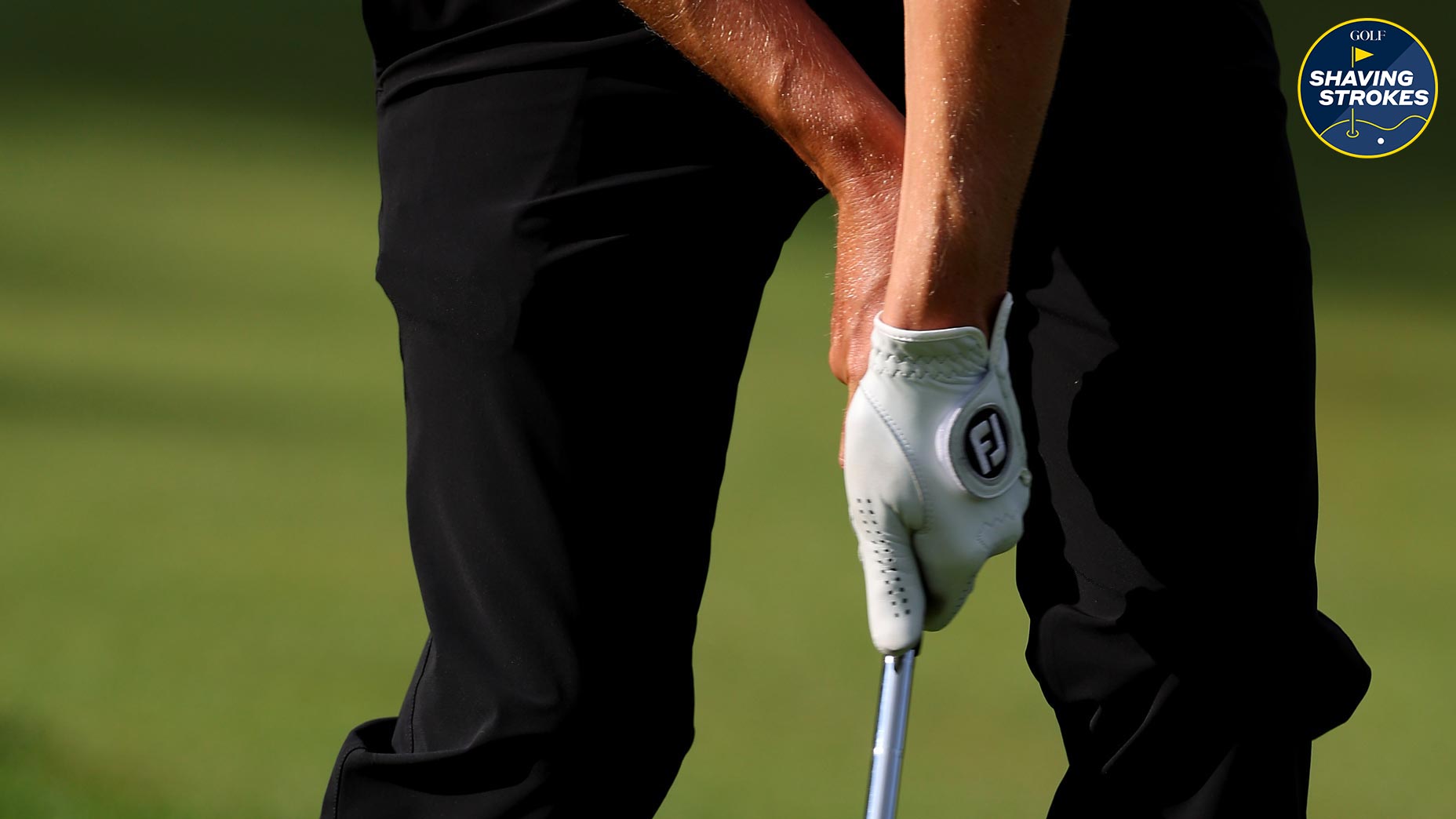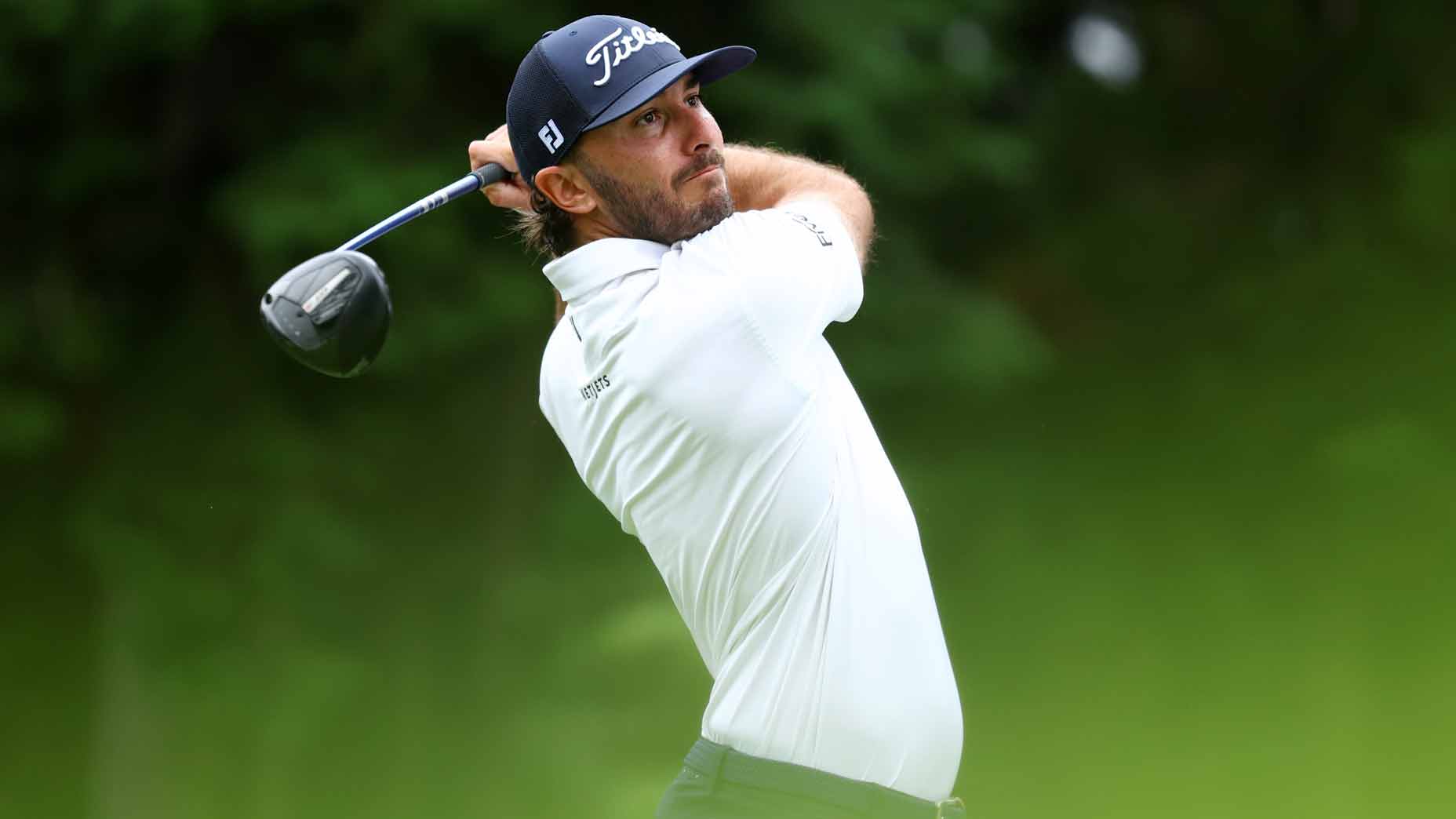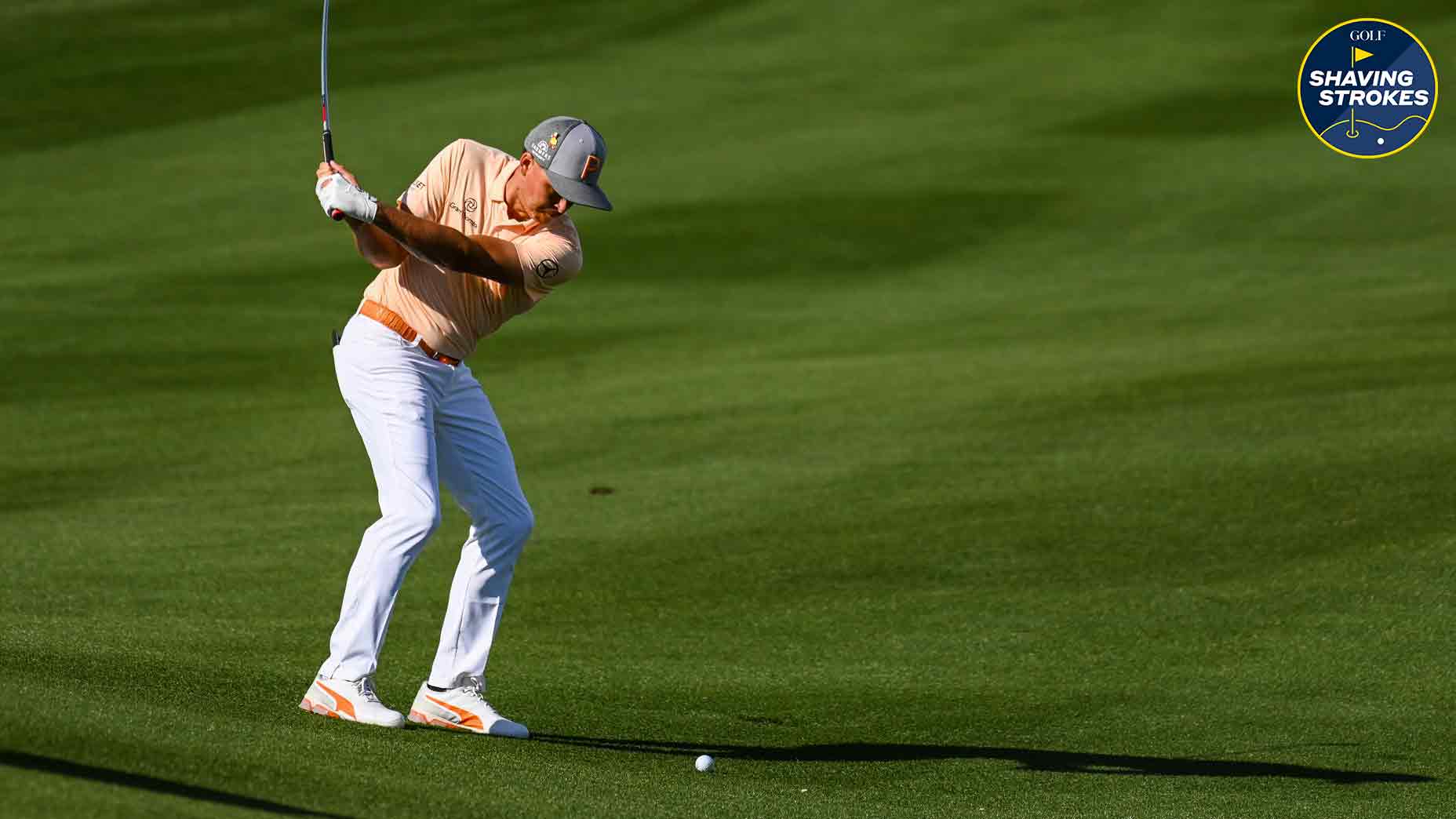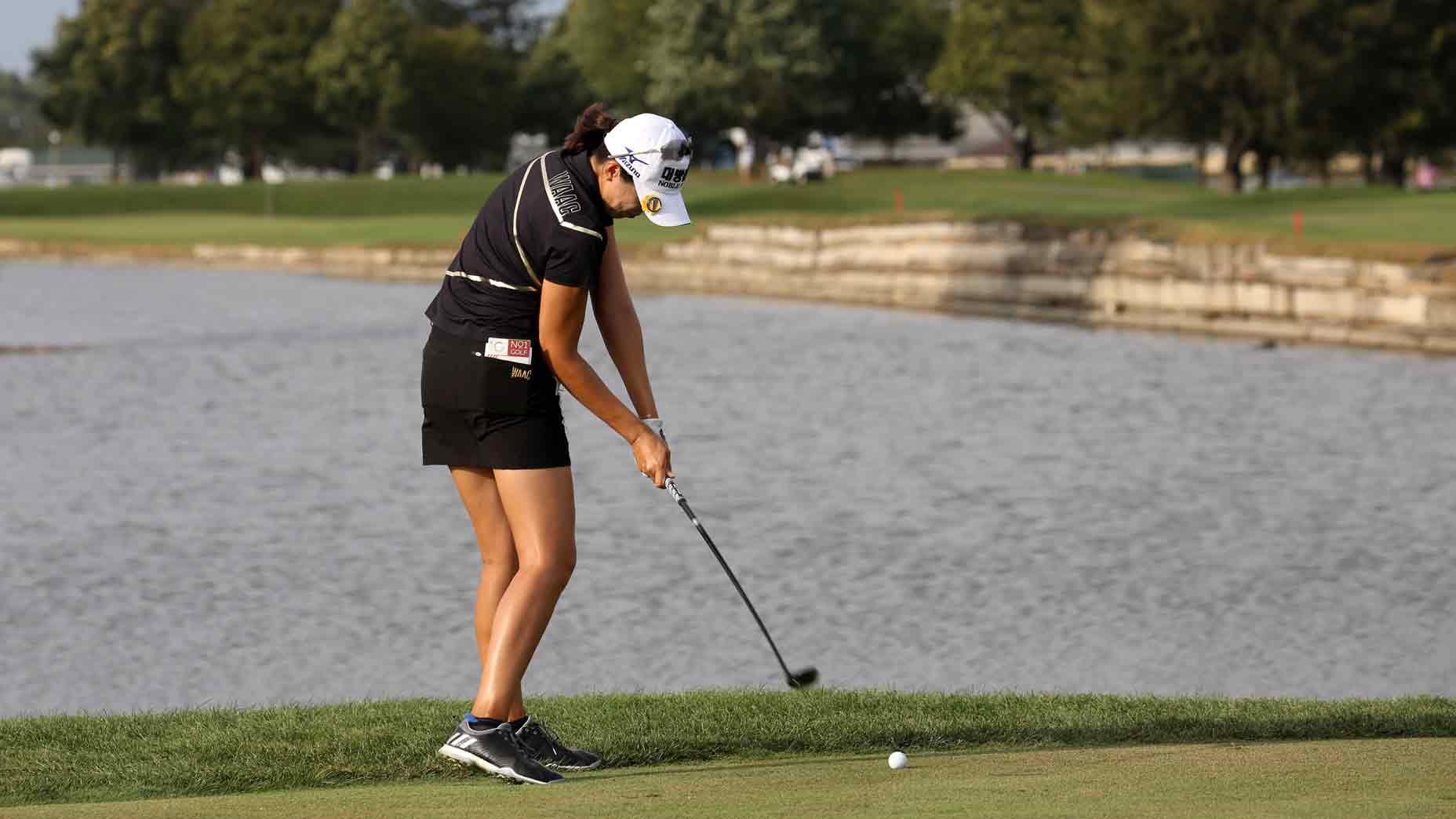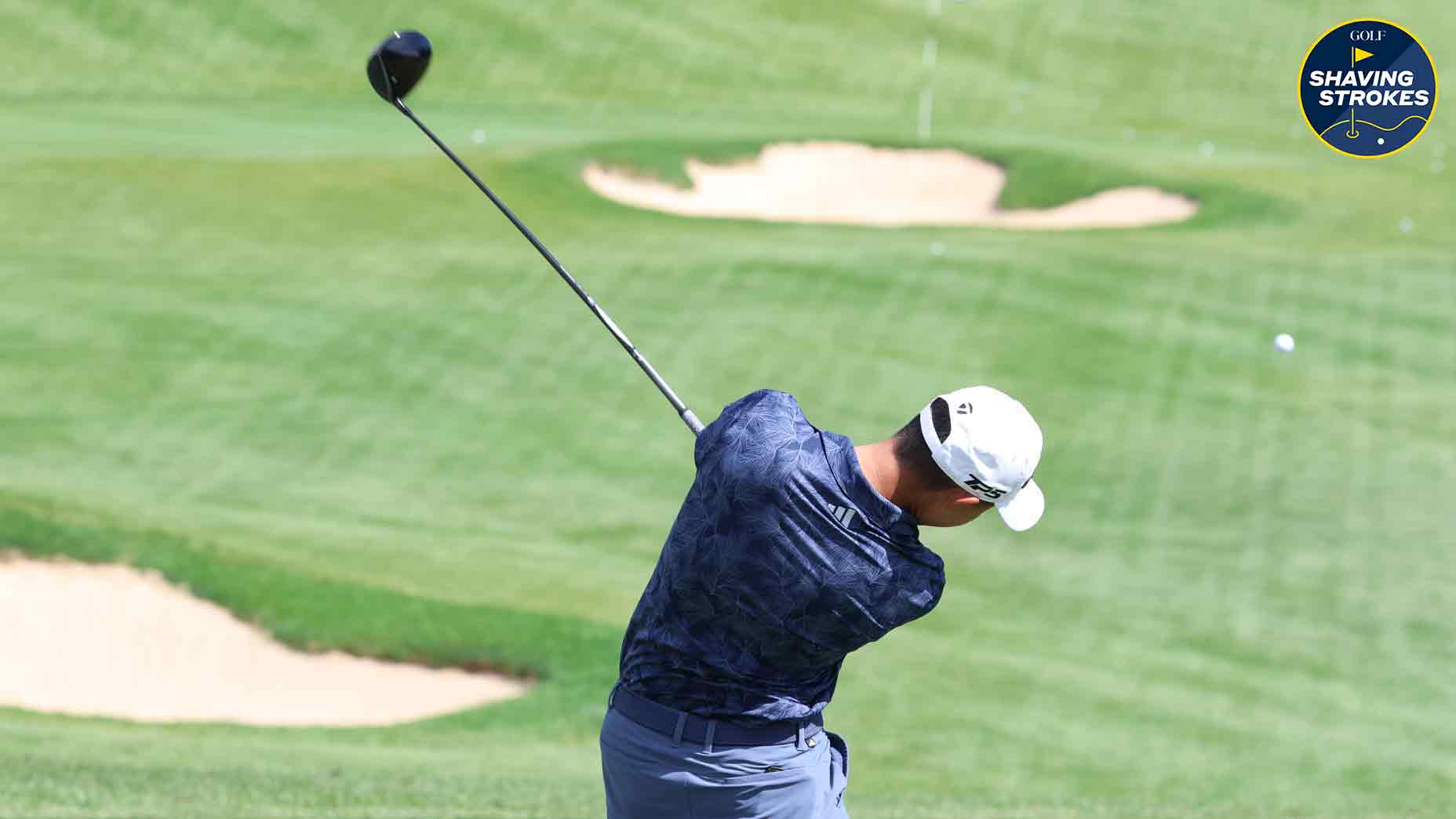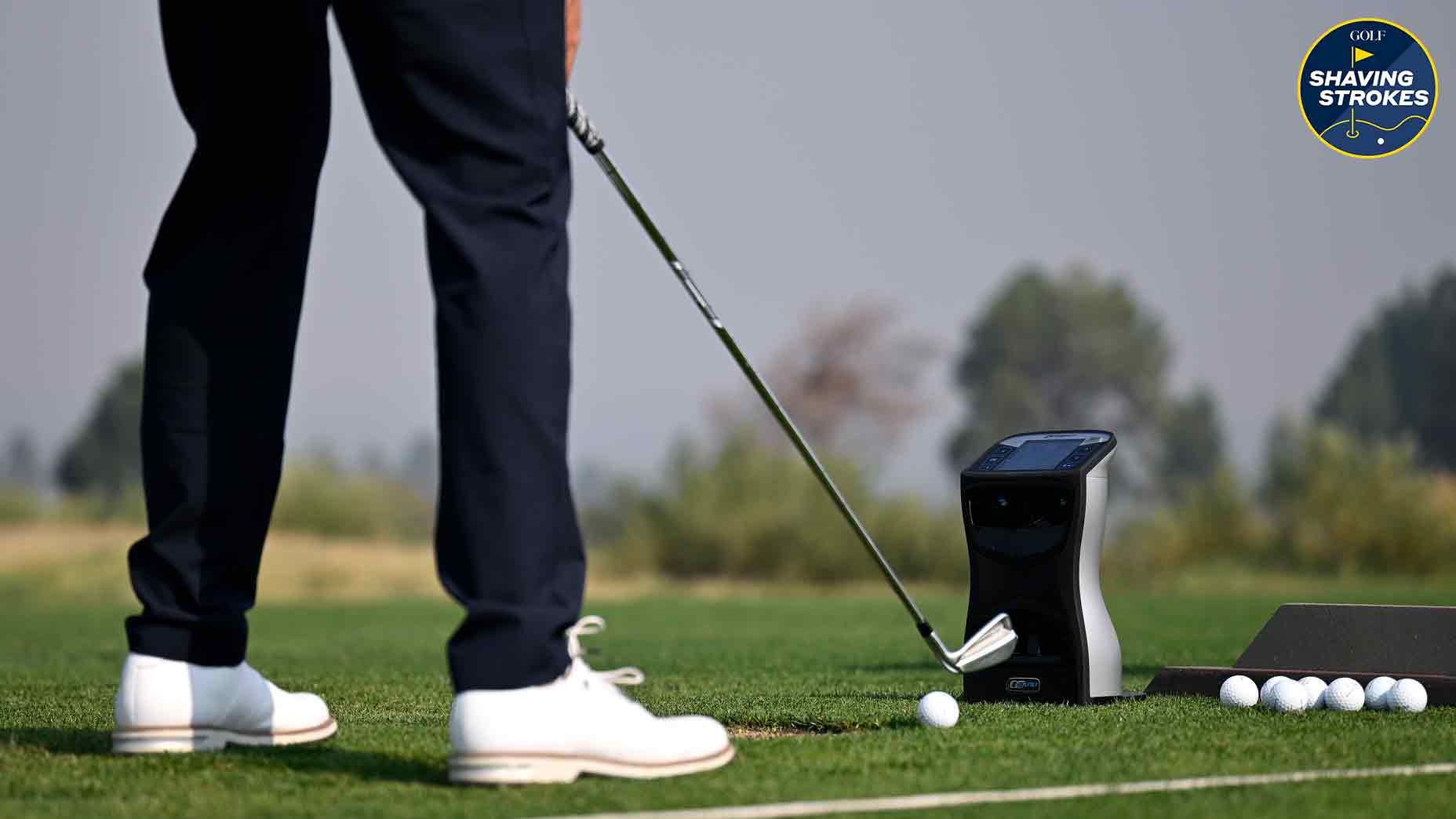What’s the most important part of your game to focus on after a long layoff?
- Share on Facebook
- Share on Twitter
- Share by Email
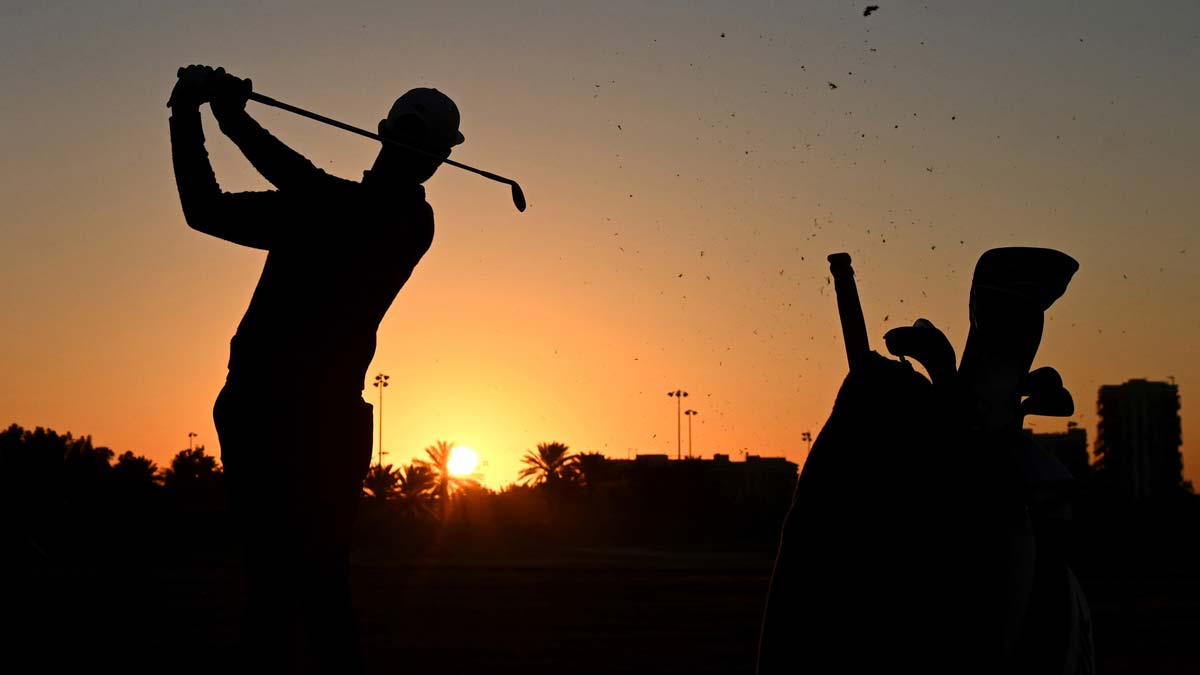
Make sure you don't overdo it your first time back on the course.
Getty Images
Ed. Note: After a long winter layoff (which has been extended with the various shutdowns in parts of the country) most everyone’s game has some rust. That’s where we come in. Over the next several weeks, we’ll answer the questions every golfer is wondering when it comes to getting their games sharp for the 1st tee. Today, we discuss the best ways to practice after the hiatus.
*****
With a tumultuous month of April behind us, golf is being phased back into everyday life. Temperatures are rising, and with coronavirus restrictions being lifted in various regions, many people are dusting off their clubs and heading back to the links. But with such a lengthy delay to the beginning of the golf season, your game is sure to have some rust.
So what is the most important thing to practice when returning from an extended layoff? We asked a few GOLF Top 100 Teachers. Here’s what they had to say. Read up, and play well.
How to rediscover your touch
Refine your touch around the green through trial and error — the only way to develop feel. Repetition develops rhythm and feel, so grab a wedge and start pitching to a target for solid contact. After 20 to 30 shots, randomize your chips and pitch shots to control distance. Hit shots that require a higher or lower lofted wedge to hone the shot loft and landing area.
Next, practice speed of putts uphill, downhill and sidehill from different distances to a hole. Then play a game of “up and down,” hitting a chip or pitch and putting out.
Finally, you’ll need to get your swing moving at full throttle, especially the driver. It’s important to accelerate through impact, but you must also maintain dynamic balance and not hurt yourself. Start with a smooth swing rhythm, then increase speed until you hear a high pitched “swoosh” through impact. — Carol Preisinger, director of instruction, Kiawah Island Club
Ease back into the swing of things
The most important thing when coming back is to ease into things slowly, don’t let your enthusiasm override the physical needs of your body. Most of us have been unusually sedentary during the pandemic and our body is not ready for lashing a driver at 110 mph immediately. A measured approach is required.
These are the biggest mental mistakes high-handicappers makeBy: Luke Kerr-Dineen
Find some good all-body stretching exercises you can do before starting to warm up is a primary thing. Next, get some feel back in those hands and start your opening practice session at the putting green, followed closely by some chipping. Then move into the driving range, stretch again and then ease into some wedges before running through the bag. Keep the expectations low, as it’ll take some time to get your eye back in. When you get out there, enjoy and appreciate the beauty of the environment we play our game in. It’ll feel so good after being inside so much. If you hit a couple decent shots, that’s great. Don’t play for score, play match play and have fun! — Jonathan Yarwood, IJGA, Director of Golf
Start with short shots to reaccilmate your body
When returning from a long layoff from golf the priority should be getting your full swing and solid contact back intact while avoiding injury. Be sure to warm up by stretching or taking practice swings to “wake up” their golf motion and their body.
Once your body tells you that you’re ready to start swinging, I suggest staring with a shorter club and less than a full swing. With success, start graduating to a full swing and work your way up through your longer clubs. Balance drills like practice swinging with a more narrow stance and rhythm drills like continuous swings in a row can also help build in some repetitions to help a more speedy successful return. Short game shots can be added in your practice session if you become tired or need a break in between your full swings.
Golfers should also practice patience when returning and enjoy your good shots. A good attitude and appreciation for returning will be a big help when any golfer returns after a long layoff. — Kellie Stenzel, director of instruction, Boca Raton Resort & Club
Lower expectations and be happy you’re back out playing
Between the winter and the virus it has been an extended break for a lot of golfers out there. If you are going out to play, I would practice gratitude. Be grateful to be out playing. Enjoy the fresh air, the walk and your friends. Lower expectations, don’t care. Just try and find a rhythm again out on the golf course. Set small goals. Try and make two pars in a row or two bogeys in a row. Try and make a putt over five feet. See how many fairways you can hit.
3 things pros do in their golf swing that amateurs don’tBy: Zephyr Melton
On the practice tee, I would start with your sand wedge. Put a target out about 50 yards and work on trying to hit your target. Focus on contact, distance control and direction. Three things you need for almost every shot. This will be a great building block for bigger swings. — Michael Hunt, director of instruction, Bayonne Golf Club
Practice with a plan
Benjamin Franklin said that “failing to prepare is preparing to fail.”
There is no arguing that working on your feel around the greens, full swing mechanics, physical fitness, etc., are all very important when coming back from a long layoff. The fact that there are so many different skills necessary to play good golf makes it impossible to delineate which is the most important. Due to the complexity of the game and all it demands to play well, the most important thing to practice is having a PLAN!
Choosing the right things to practice, for the right amount of time and in the right way shouldn’t be reserved just for the Tour player. Amateurs should be making specific practice plans in normal times, but especially in our current situation. For example, putting practice should consist of 5-10 minutes working on the stroke with gates, 10-15 minutes on short putts, 10-15 minutes on longer putts and 3-putt avoidance. Drills, competitive games and combines should all be written out in advance and adhered to. This approach is the blueprint for every part of your game.
The shotgun approach to getting your game back in shape has never worked in the past, it won’t work now. Think of your game holistically to get the most out of your time and be the best prepared when you come off a layoff. — Brady Riggs, director of instruction, Woodley Lakes Golf Club
Warm up your body to prevent injuries
The most important thing a golfer can do after coming back from a long layoff is have patience with both their bodies and golf games. Especially in a time like this when they have been more sedimentary than normal.
To prevent injuries from unused muscles and tendons, a player needs to stretch out the muscles more and also limit the full swing reps until the body can handle a normal load. I suggest a practice routine that consists of 25% full swing practice to 75% short game. Of those full swing shots very few are full speed and as your body gets stronger and more acclimated to those shots you can increase the percentage of full speed swings.
In states like Illinois where golf practice facilities are closed, I suggest stretching and making full swings at home before you get to the golf course. Start with nine holes and build your stamina up until you can walk 18. Please remember a bad day at the golf course is better than a good day cleaning out your garage or basement. — Kevin Weeks, director of instruction, Cog Hill Golf & Country Club
Latest In Instruction

Zephyr Melton
Golf.com Editor
Zephyr Melton is an assistant editor for GOLF.com where he spends his days blogging, producing and editing. Prior to joining the team at GOLF, he attended the University of Texas followed by stops with the Texas Golf Association, Team USA, the Green Bay Packers and the PGA Tour. He assists on all things instruction and covers amateur and women’s golf. He can be reached at zephyr_melton@golf.com.

